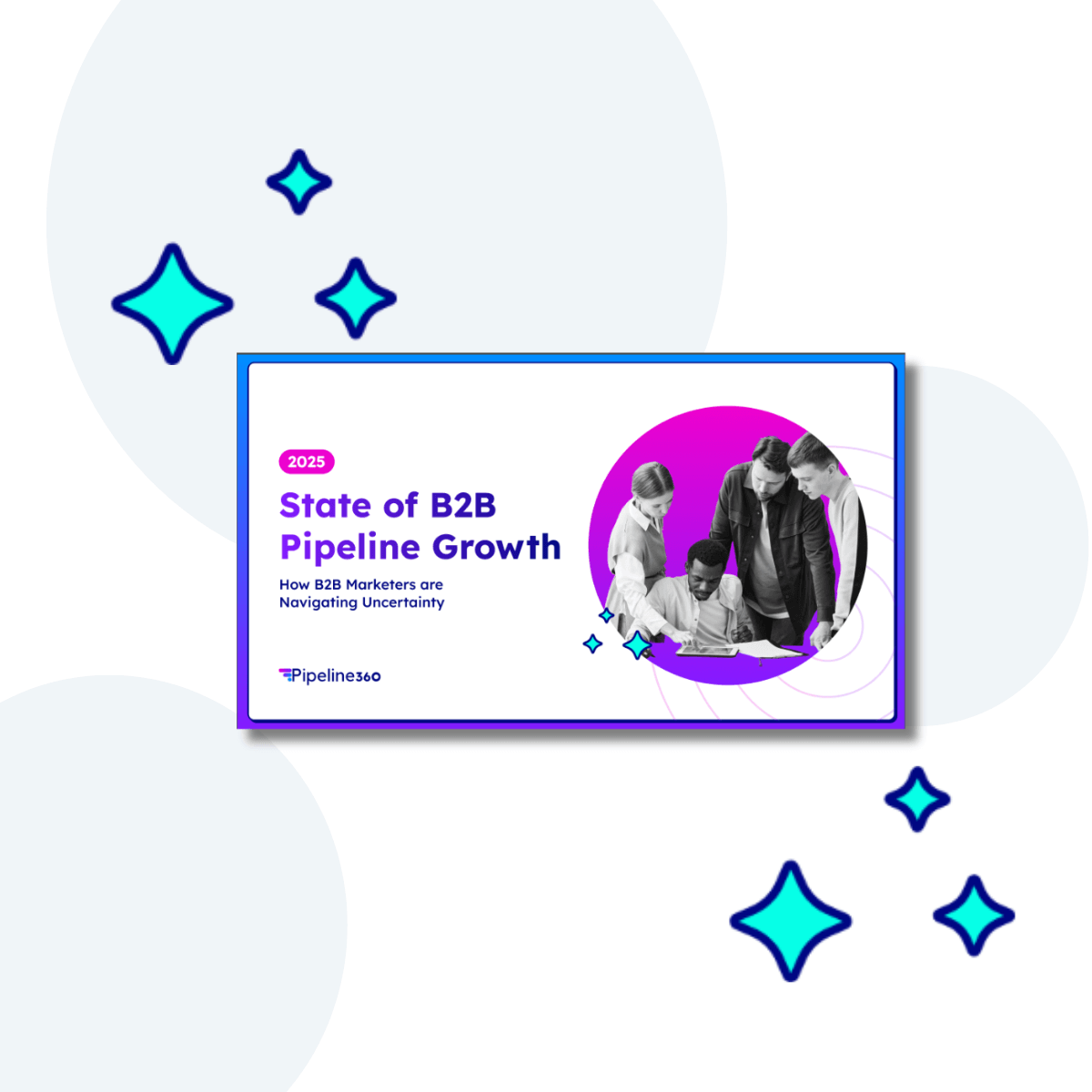B2B buying groups have only gotten bigger and more complex in recent years. Forrester reports that buying groups have swelled to 6-10 (or more) decision makers, while Ebsta reports that maximizing win rates and reducing sales cycles will require sellers to nurture 10-12 relationships with buying committee members. Furthermore, our own research, The State of B2B Pipeline Growth, found that 45% of global B2B marketers found it hard, or really hard, to engage those involved in the purchasing process, while 43% expressed some difficulties.
As B2B buying groups grow larger and more complicated, understanding the maze-like structure of decision-making processes becomes critical. Below are three key considerations for navigating today’s B2B buying groups.
B2B buyers want a different experience
Buyers are now doing their own research, seeking validation from peers in the form of review sites, carving their own paths, and bypassing the consideration stage. They’ve moved past the traditional funnel, surpassed conventional playbooks, and resist engaging with sales. In fact, according to Gartner, 75% of B2B buyers prefer a rep-free sales experience.
To continue to engage these self-directed buyers throughout the purchasing process, B2B companies must adapt and provide a personalized, self-service experience that meets their buyers’ needs. This means investing in the right channels to create a strong brand presence that in turn supports demand efforts.
Nurture the entire account with content syndication
Purchasing decisions are collaborative efforts. Generating a lead involves nurturing the entire account, typically comprising more than six stakeholders who are aligned in their needs before sales engagement.
Content syndication offers a solution to the challenges posed by buying groups, enabling marketers to engage with decision-makers across key accounts efficiently and amplify brand exposure within buying groups. Content syndication not only increases visibility but also enhances lead generation by broadening engagement across various stakeholders. Consider that our research found that 61% of B2B marketers who use content syndication were able to reach their goals as compared to 45% for those who do not use content syndication.
Yet, despite its potential, content syndication remains underutilized, with many marketers unaware of its benefits. In a recent blog on content syndication, we shared that more than one-third of B2B marketers don’t know what content syndication is, haven’t considered using it for lead generation, and don’t understand how it works. By leveraging content syndication effectively, marketers can scale their outreach to target the right buyers with tailored content, maintaining buyers’ control over their engagement.
Amplify reach by combining display with content syndication
Incorporating targeted display ads with content syndication can streamline engagement processes, providing valuable insights for better lead generation and faster conversions. This approach, known as Branded Demand, aims enables marketers to educate, nurture, and engage buyers concurrently, leading to optimized processes and enhanced conversion rates. It’s a way to build trust by aligning brand awareness with lead generation.
By strategically aligning these aspects, companies can build trust and credibility with their audience before Sales interactions. This proactive strategy ensures that when Sales engages potential buyers, the brand is already a familiar and trusted entity in their eyes.
The path forward
In a world where buyers dictate their terms, marketers must redefine their approach to resonate with empowered buyers. By understanding buyers’ evolving journeys, marketers can tailor their strategies to engage with the entire buying group effectively.
Just as navigating a labyrinth requires patience, perseverance, and a keen sense of direction, effectively engaging with B2B buying groups demands a strategic approach to uncover the optimal pathways and overcome obstacles along the way.




